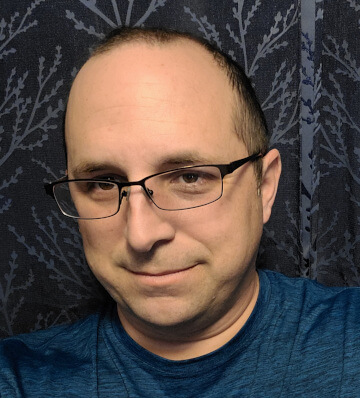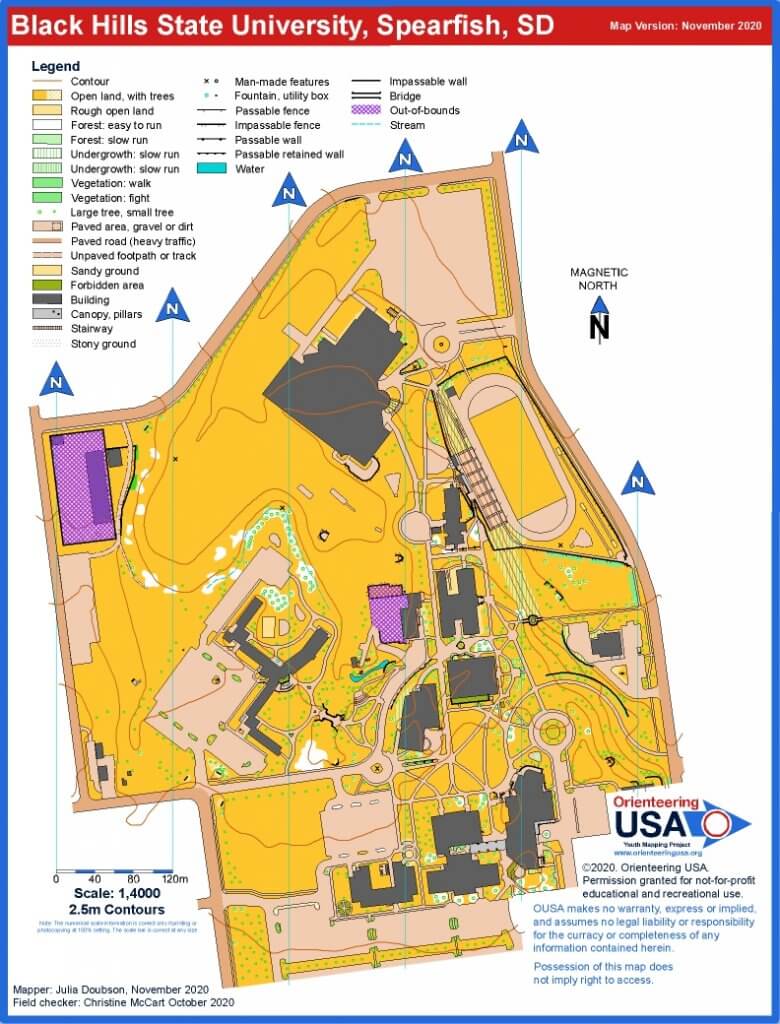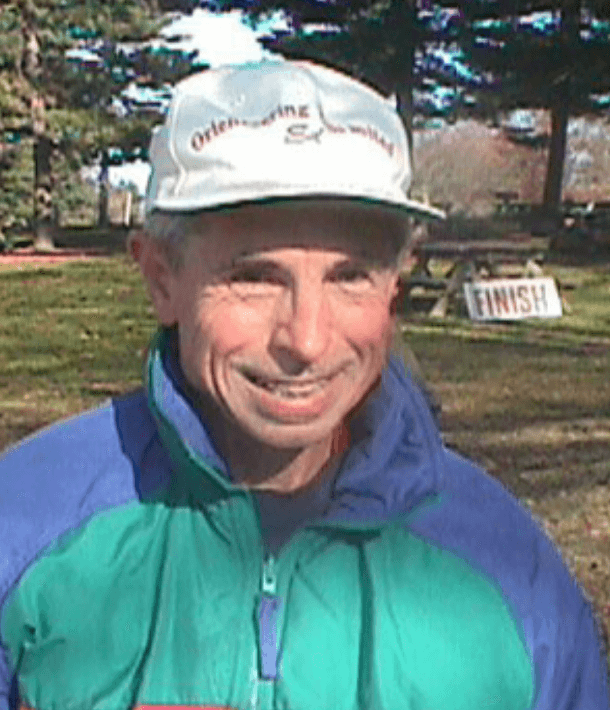Overlook NRE & Letchworth BillyGoat
IMPORTANT UPDATE: As of September 6th 2021, the fall event is postponed and will now be held on May 7th, 2022. And Sunday’s goat event will be the 42nd running of the venerable BillyGoat. Mark your calendars!
Rochester Orienteering Club (ROC) is taking the optimistic route choice to the end of the Covid Pandemic and is scheduling an orienteering weekend September 18/19, 2021. The following announcement is from Race Director Rick Worner:
“On Saturday we will host a one-day NRE middle distance event on a new map at Harriet Hollister Spencer State Recreation Area and on Sunday we will offer a GOAT-style event at Letchworth East so that people can enjoy a full weekend of activity in the woods.
The plan at this point is to start the Saturday event at 1PM to give people an opportunity to drive in on the morning of the event. Harriet Hollister is around 40 minutes south of Rochester, NY overlooking Honeoye Lake. It has a moderate trail system, interesting contour detail and very open woods. Mark Dominie is the mapmaker. Stina Bridgeman will be the course setter.
The GOAT event at Letchworth East will start and finish at an area outside the park gates to avoid any crowding in the park . Tom Roycroft is the course setter and plans to offer a long (10K+), medium (6-8K) and short (4-5K) versions of the courses. It will be a mass start at 9AM if Covid permits, otherwise it will be some sort of interval or socially distanced start procedure to comply with the OUSA and NYS Parks guidelines.
The park is open at this time of year and offers camping and cabins. https://newyorkstateparks.reserveamerica.com/camping/letchworthstatepark/r/campgroundDetails.do? Motels south of Rochester are about a 45 minute drive and there are a limited number of motels closer to the park. With the early start on Sunday people should be able to head home by noon. We will likely wait until later in the spring to open registration to see how the vaccination process proceeds and to avoid having to refund fees in case we have to cancel the event. Due to parking and NYS Park regulations we will likely have to limit the number of entries to 150 people. More on this as we get closer to the event.
We really look forward to seeing many of our orienteering friends again. Fingers crossed.”



